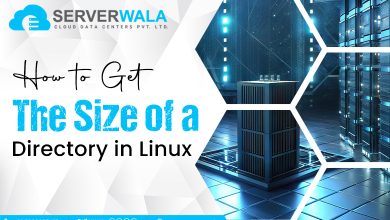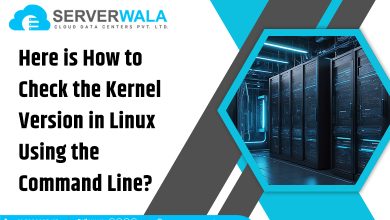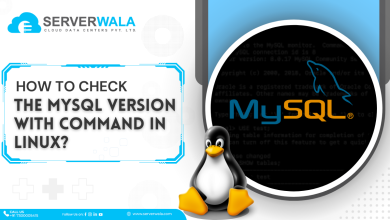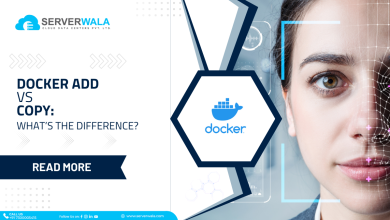-
Linux

How to Get the Size of a Directory in Linux?
Introduction Do you often find it difficult to find your valuable items in a messy room? Imagine being lost in…
Read More » -
Linux

How to Check the Kernel Version in Linux Using the Command Line?
A brief introduction Apprehending the version of the Linux kernel operating on your system is vital for diverse reasons, including…
Read More » -
Linux

How to Exit Vim/ Vi in Linux {3 Commands}
Introduction Whether you want to write codes, take notes, or simply edit a piece of text, a text editor is…
Read More » -
Linux

What is AWK Command in Linux with Examples?
Introduction AWK command was developed in the 1970s to solve the issue of textual data. You might be amused that…
Read More » -
Linux

How to Check the MySQL Version with Command in Linux?
Introduction MySQL is a fantastic piece of software that is widely used for database management. Whether it’s a bulk of…
Read More » -
VPS Servers

What Is Next-Gen VPS Hosting?
Introduction In the ever-evolving landscape of web hosting, staying ahead of the curve is imperative for businesses seeking optimal performance,…
Read More » -
Web Hosting

Website Migration 101: A Comprehensive Guide to Moving Your Site to a New Host
Introduction Embarking on the journey of website migration is a critical step in the life cycle of any online presence.…
Read More » -
DevOps

Docker Add vs Copy: What’s The Difference?
Introduction The utilization of “Copy” and “Add” instructions in a Dockerfile is a fundamental aspect of creating Docker images. If…
Read More » -
Dedicated Servers

Enhancing Artificial Intelligence Through Dedicated Servers
Introduction AI is one of the top technologies to counter and preced human intelligence. Do you think the maintenance and…
Read More » -
Web Hosting

Why Photographers and Videographers Need Cloud Hosting?
Summary The demand for stunning visual content is at an all-time high. Photographers and videographers play a pivotal role in…
Read More »
Jannah Theme License is not validated, Go to the theme options page to validate the license, You need a single license for each domain name.
